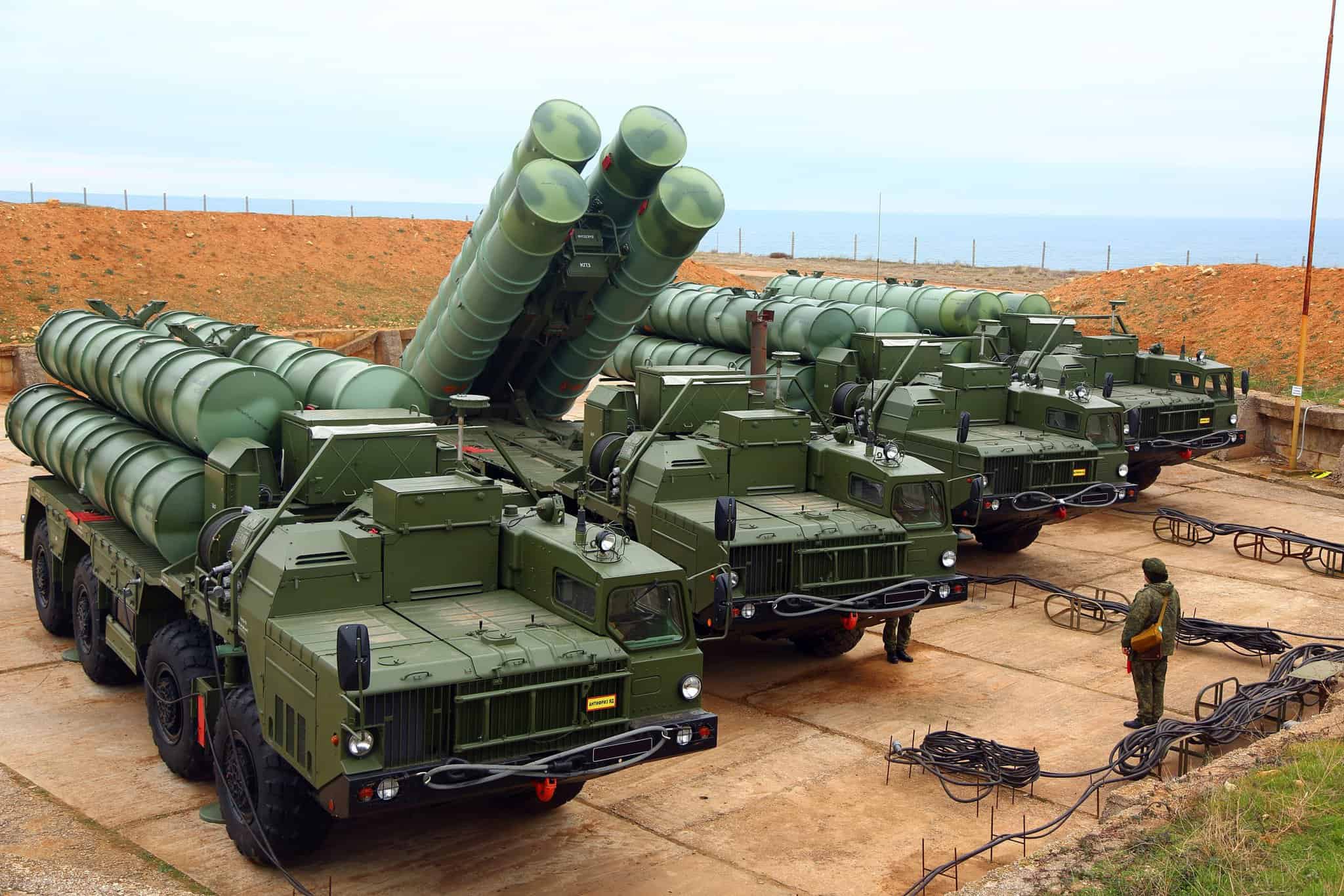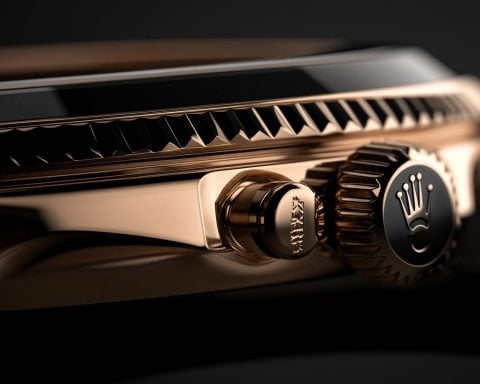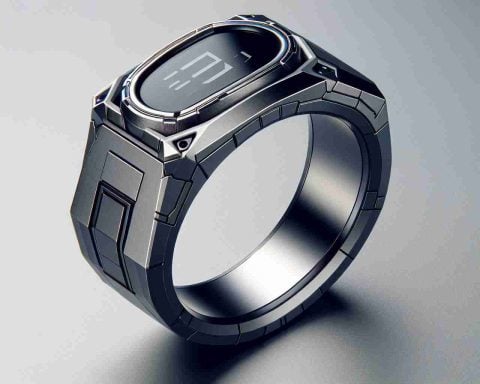- The MH-60R Seahawk is a versatile helicopter, excelling in anti-submarine warfare, anti-surface engagements, and search and rescue missions.
- Equipped with advanced sensors and radar systems, the Seahawk enhances real-time communication and operational synergy.
- Future upgrades may include AI-driven capabilities, paving the way for potential autonomous operations.
- The Seahawk bolsters international alliances and joint missions, enhancing global naval cooperation.
- Technological advancements raise ethical concerns, particularly in surveillance and AI integration, emphasizing the need for responsible innovation.
- The Seahawk exemplifies the combination of creativity and cutting-edge engineering in modern military technology.
The MH-60R Seahawk is more than an advanced helicopter; it’s a powerhouse poised to dramatically redefine naval aviation. Emerging as the evolved sibling of the Black Hawk, this rotorcraft is engineered to excel in anti-submarine warfare, anti-surface engagements, and search and rescue missions. With its cutting-edge sensors, radar systems, and sonobuoy launching capabilities, the Seahawk commands the skies with remarkable precision, solidifying its pivotal role in maritime operations.
Driving forward into the future, the Seahawk stands ready to tackle sophisticated underwater threats. The introduction of advanced data-link technology promises seamless, real-time communication with allied forces, boosting situational awareness and operational synergy in high-stakes environments. Looking ahead, this platform is set to embrace AI-driven capabilities, hinting at a future where autonomous operations might become a reality.
Globally, the MH-60R’s influence extends beyond the battlefield. As a key export product from nations like the United States, it strengthens international alliances, nurturing cooperation among naval forces worldwide. The Seahawk’s unmatched capabilities facilitate joint training and missions, transforming peacekeeping efforts through enhanced coordination.
Yet, this leap in technology prompts ethical concerns. Heightened surveillance capabilities raise privacy issues, while AI integration brings new challenges around cybersecurity and system reliance. As the Seahawk charts new territories in military technology, it underscores the vital need for responsible innovation and international discourse.
In a world increasingly reliant on technological prowess, the MH-60R Seahawk is not just a revolutionary aircraft but a beacon of what’s possible when creativity meets cutting-edge engineering.
Unveiling the MH-60R Seahawk: Naval Aviation’s Game-Changer
The MH-60R Seahawk is not merely an advanced helicopter; it’s a dynamic force set to revolutionize naval aviation. Emerging as an evolved variant of the Black Hawk, this rotorcraft excels in anti-submarine warfare, anti-surface engagements, and search and rescue missions. Equipped with state-of-the-art sensors, radar systems, and sonobuoy launching capabilities, the Seahawk commands the skies with precision, cementing its pivotal role in maritime operations.
As we forge into the future, the Seahawk is poised to confront sophisticated underwater threats with new technology integrations. The implementation of advanced data-link technology ensures seamless, real-time communication with allied forces, thereby enhancing situational awareness and operational synergy in critical environments. Future innovations hint at AI-driven capabilities, suggesting a realm where autonomous operations could become a reality.
The global impact of the MH-60R extends beyond mere combat. As a significant export from countries like the United States, it strengthens international alliances and nurtures cooperation among naval forces worldwide. Its unparalleled capabilities facilitate joint training and missions, redefining peacekeeping through improved coordination.
However, this technological leap brings ethical concerns. Enhanced surveillance capabilities raise questions of privacy, and AI integration introduces challenges related to cybersecurity and system dependency. As the Seahawk carves out new frontiers in military technology, it underscores the necessity for responsible innovation and global dialogue.
Key Questions and Answers
1. What are the main features that set the MH-60R Seahawk apart in naval aviation?
The MH-60R Seahawk’s standout features include cutting-edge sensors, advanced radar systems, and sonobuoy launching capabilities. Its ability to execute anti-submarine warfare, anti-surface engagements, and search and rescue missions with precision highlights its versatility. Furthermore, the introduction of advanced data-link technology supports real-time communication, enhancing situational awareness. Future AI-driven capabilities may enable autonomous operations, revolutionizing naval strategies.
2. How does the MH-60R Seahawk influence international relations and naval cooperation?
As a key export product from countries like the United States, the MH-60R Seahawk fortifies international relations by enabling joint training and missions among allied naval forces. Its deployment enhances cooperation and operational synergy, promoting peacekeeping efforts through strategic coordination. The Seahawk’s unmatched capabilities in both defense and collaborative exercises exemplify its role in strengthening global naval alliances.
3. What ethical concerns arise with the increased technological capabilities of the MH-60R Seahawk?
The enhanced technological capabilities of the MH-60R Seahawk bring forth ethical concerns, particularly related to privacy due to heightened surveillance. Additionally, the integration of AI-driven features raises challenges in cybersecurity and system reliability. As these technologies evolve, there is an increasing need for responsible innovation and international discourse to address potential risks and ensure ethical use in military operations.
For more information on naval aviation and related technologies, visit the Lockheed Martin website.

















